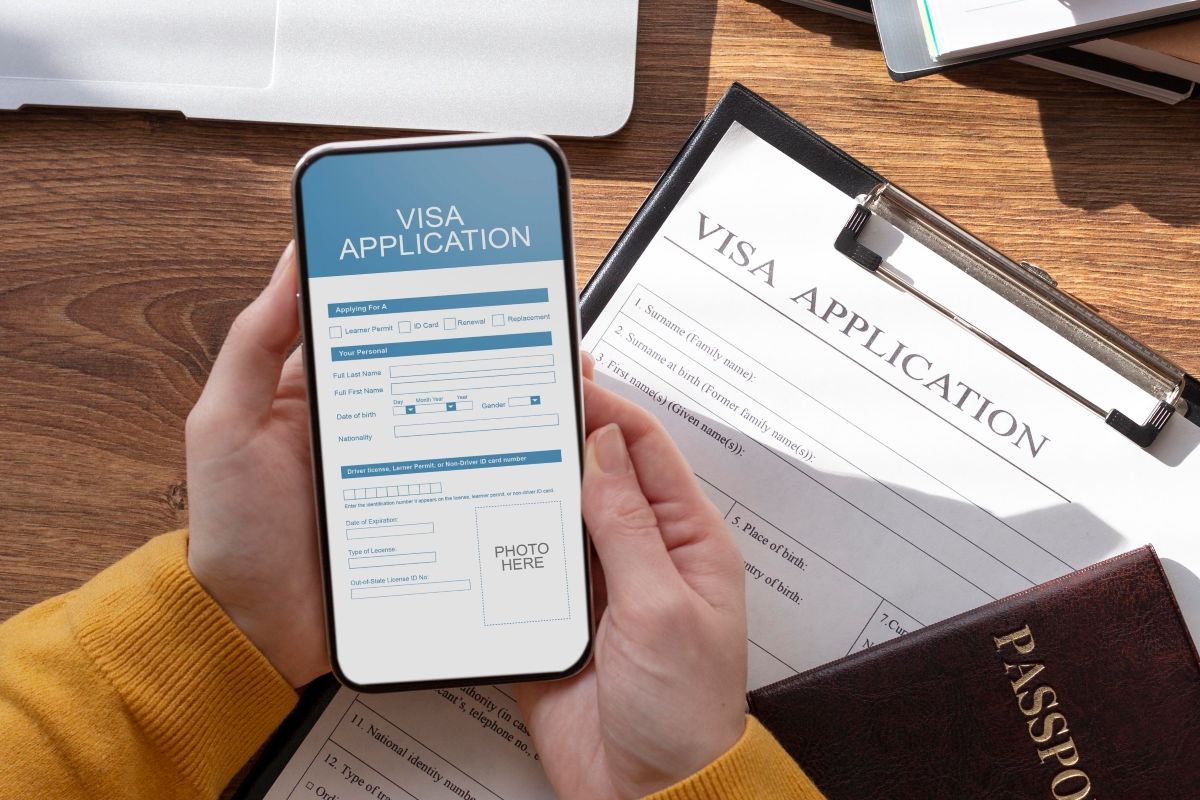The Schengen visa process is finally catching up with the times. By 2028, the EU plans to roll out a fully digital visa system that will eliminate the need for paper forms, physical visa stickers, and long waits at consulates. It’s a major shift designed to simplify applications, speed up processing, and tighten security.
So, if you’ve ever found the current Schengen visa process a bit of a hassle, with paperwork, biometric appointments, and couriered passports, this update could make your life a whole lot easier.
No More Stickers: A Barcode Will Be Your Visa
Here’s the big change: that little sticker you used to get in your passport is going away. In its place, you’ll receive a digitally signed 2D barcode. Immigration officers will scan this barcode at border checkpoints to instantly access your personal and visa details, thanks to a centralised EU database.
During a test run at the 2024 Paris Olympics, France issued 70,000 digital Schengen visas using this barcode system. The early results? Promising.
How Will Digital Schengen Visas Work?
With the full rollout, EU border posts will scan your digital visa at entry. Immigration staff instantly pull up your details from a central EU database. For most travellers, this means no more paper documents to fumble with after a red-eye flight.
The entire application process goes online; you’ll upload documents, pay your fees, and track your application’s progress from anywhere. Once approved, a digitally signed barcode lands in your inbox, instantly ready for your trip.
First-time visitors to the Schengen Area still need an in-person stop to provide fingerprints and a photo. But on subsequent trips, if your biometrics are already on record, you’ll skip this part and move faster through the process.
To avoid surprises, always check the official EU visa website for the latest updates and requirements.
Step-By-Step Schengen Visa Application (2025 Edition)
Until full digital rollout, the standard Schengen visa process is still in play. Here’s how to handle it efficiently:
1. Decide Where to Apply
- Apply via the embassy of your main destination—the place you’ll spend the most time.
- For trips split evenly between countries, apply to the one you’ll enter first.
- Most countries use VFS Global to handle applications, while Spain uses BLS International in India.
- For France, appointments must be booked online through Démarches Simplifiées.
2. Prepare Your Documents
Bring the following to your visa appointment:
- Valid passport (at least 6 months left, 2 blank pages)
- Completed application form
- Passport-sized photos
- Travel insurance (minimum €30,000 coverage)
- Proof of travel (flights, hotels, tours)
- Financial proof (bank statements, salary slips, or ITRs)
- Cover letter explaining your trip
3. Biometric Appointment
First-timers must provide fingerprints and a photo—these are stored securely in the EU’s system for up to 59 months. If you’ve given biometrics in the past five years, you can usually skip this step.
4. Pay the Fees
- Standard visa fee: about €80 for adults, €40 for kids aged 6–12 (kids under 6 are free).
- Service providers (VFS/BLS) charge additional fees, typically ₹1,800–₹2,200.
5. Processing Time
- Most visas are processed within 15 calendar days.
- In busy seasons or complicated cases, it may take up to 30–60 days, so apply well ahead.
Tips to Boost Your Chances
- Faster embassies: Try Lithuania, Latvia, or Estonia. They often process visas in 7–10 days and have lower rejection rates.
- Be interview-ready: Germany and France may call you in. Be honest and clear about your itinerary, finances, and return plans.
- Apply early: Avoid last-minute applications. Anything under 15 working days is risky.
- Longer validity options: If you’ve used two Schengen visas in the past 3 years, you might qualify for a 2- or 5-year multiple-entry visa under the new EU “cascade” system.
Legal Change to Be Aware Of (Germany)
Starting July 1, 2025, Germany no longer accepts informal appeals for rejected visa applications. If you’re denied, you’ll have to go through formal legal proceedings to challenge the decision. So triple-check your documents before applying.
Quick Answers: Schengen Visa Digital Update
1. When will the Schengen digital visa system take full effect?
The European Union aims for a complete switchover by 2028.
2. Will I still need to visit a visa centre?
Only for your first application or if your biometrics have expired.
3. Is the application 100% online?
Yes—documents, payment, and application tracking are all digital. Only first-time travellers must visit in person for biometrics.
4. Are there any changes for Indian applicants?
Indian travellers may qualify for longer validity multi-entry visas if they’ve held two Schengen visas in the past three years.
5. How much does a Schengen visa cost?
Roughly €80 for adults, €40 for children 6–12, and free for kids under 6, with added service centre fees.
6. What if my application is rejected by a German embassy after July 2025?
You must proceed through formal legal channels—informal appeals are no longer accepted.
Final Thoughts
The EU’s move to a fully digital Schengen visa isn’t just about tech, it’s about making travel easier and safer. Whether you’re planning a summer in Spain or a quick business trip to Berlin, knowing how the system is changing puts you ahead of the curve. Keep your documents ready, apply early, and keep an eye on updates from official EU sources.
To get daily travel news & updates, follow us on Facebook, X (Twitter), LinkedIn, Instagram, or Threads.
